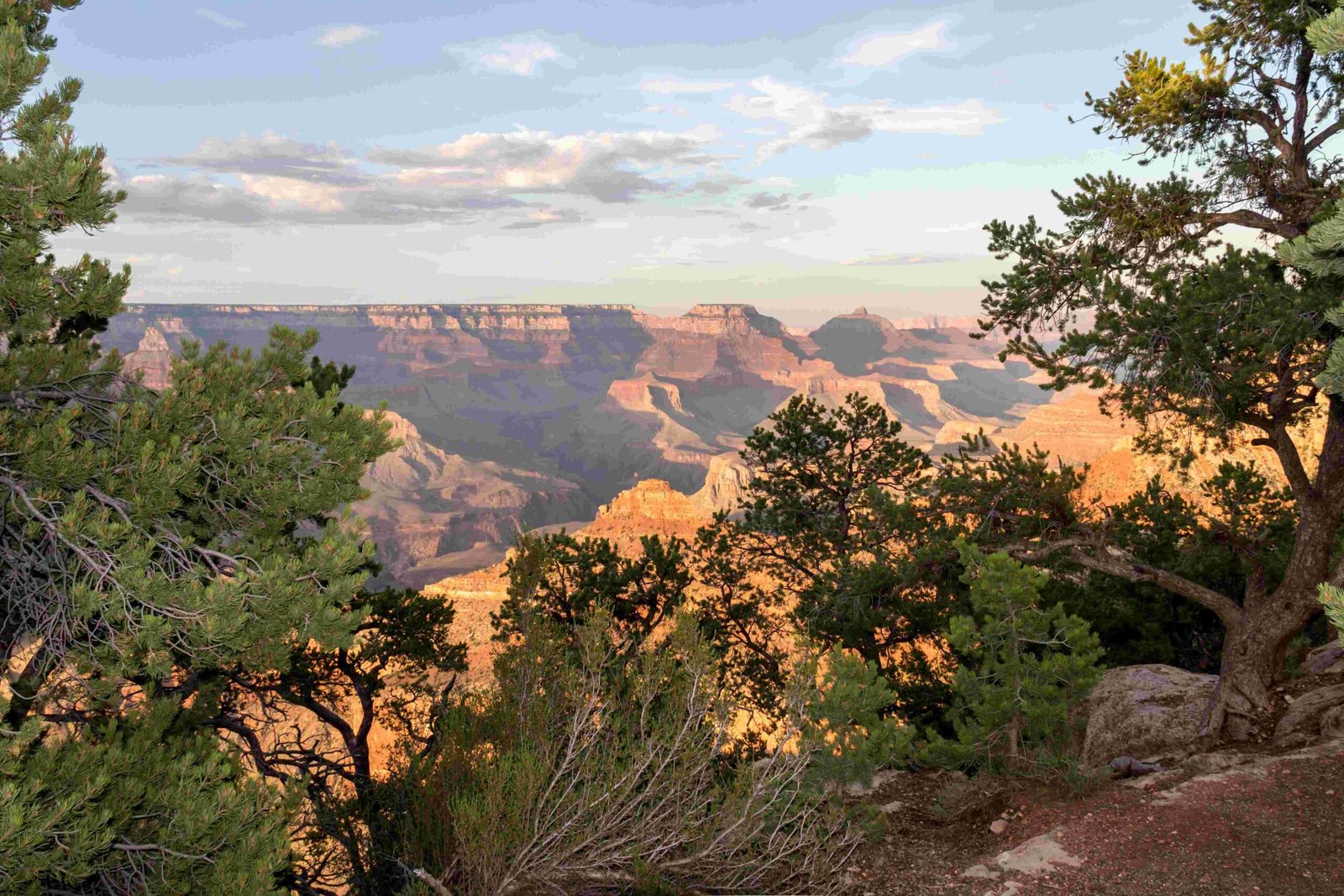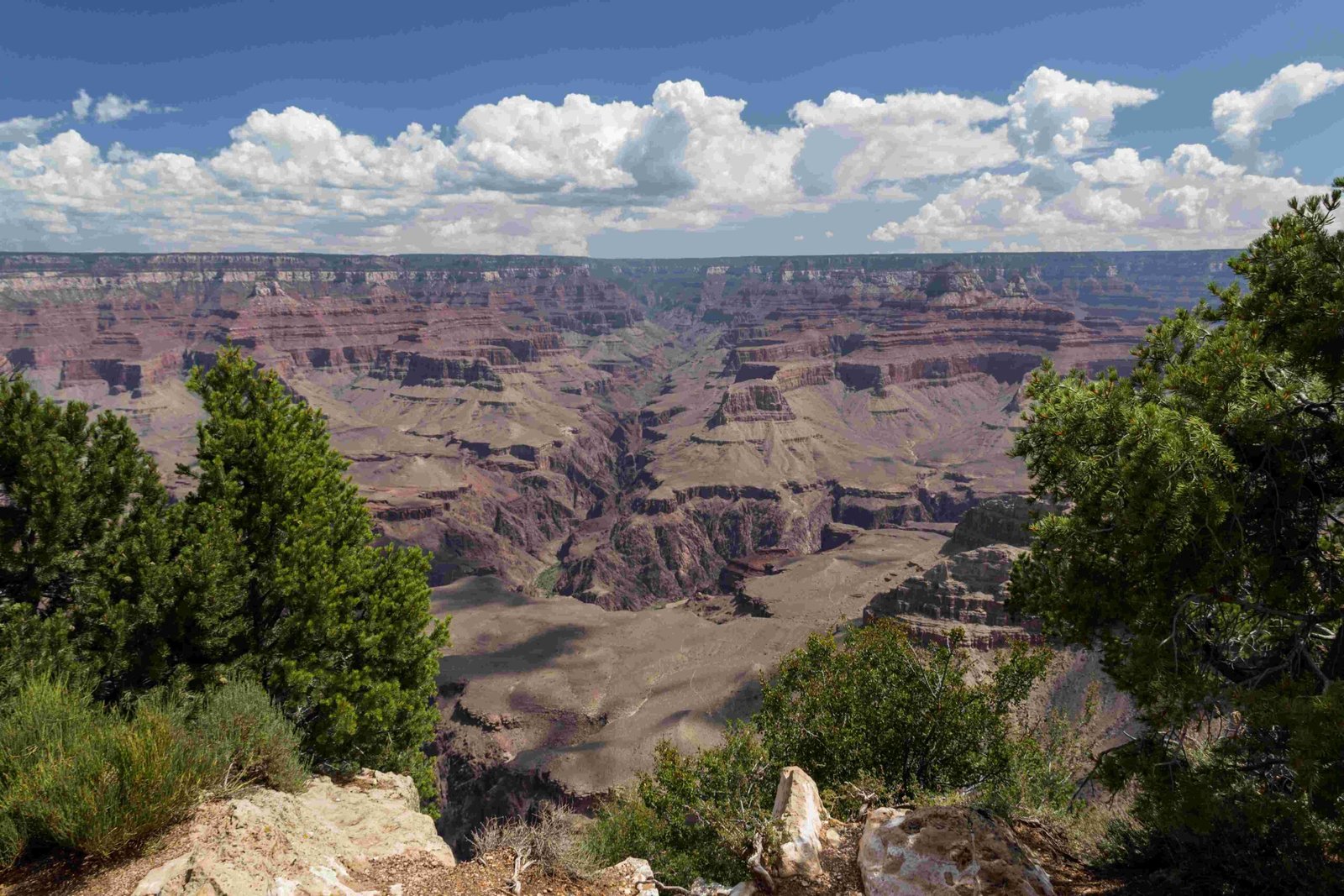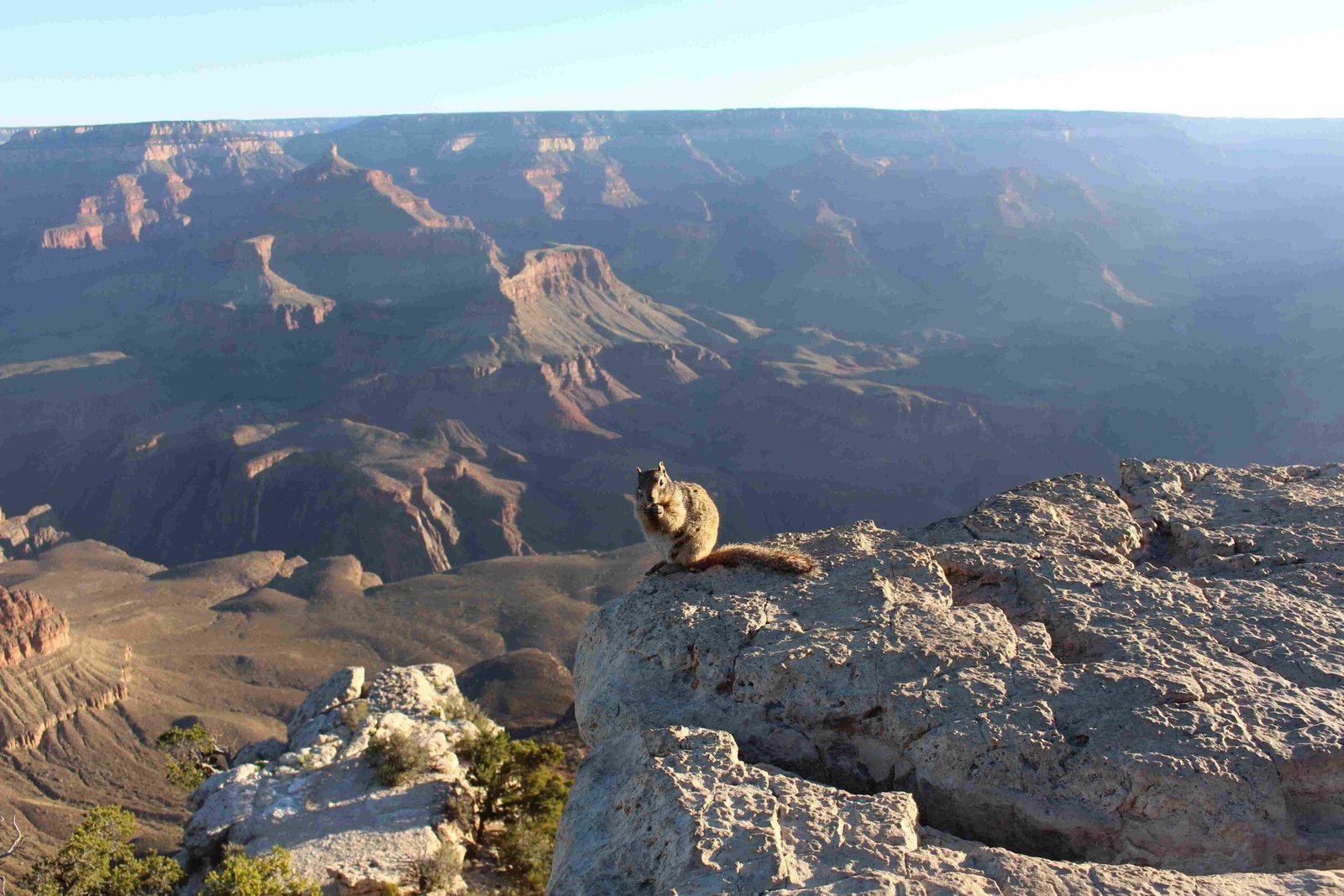The Grand Canyon flood season represents a complex hydrological phenomenon where intense rainfall, snowmelt, and monsoon patterns converge to create dramatic water events that reshape landscapes, challenge ecosystems, and pose significant risks to visitors and infrastructure. These seasonal floods, typically occurring between July and September, transform the canyon’s geological features through powerful water dynamics that have sculpted this natural wonder for millions of years.
What Defines the Grand Canyon Flood Season?

The Grand Canyon flood season is characterized by several critical factors:
Monsoon Precipitation Patterns
- Rainfall Intensity: 3-6 inches per storm
- Peak Months: July through September
- Primary Precipitation Sources:
- Tropical moisture from Gulf of California
- Thunderstorm systems
- Rapid snowmelt from higher elevations
Historical Flood Events
| Year | Event Characteristics | Peak Discharge |
|---|---|---|
| 1966 | Thousand-year flood | 170,000 cubic feet/second |
| 1983 | Snowmelt and rainfall | 188,000 cubic feet/second |
| 2021 | Climate change impact | 145,000 cubic feet/second |
How Do Floods Impact the Grand Canyon Ecosystem?

Floods play a crucial role in the Grand Canyon’s geological and ecological processes:
Geological Transformation
- Sediment redistribution
- Rapid erosion of canyon walls
- Formation of new rapids
- Reshaping riverbanks and tributary systems
Ecological Regeneration
- Nutrient replenishment in riparian zones
- Seed dispersal for native vegetation
- Habitat restoration for endemic species
What Safety Precautions Should Visitors Take?
Visitors must understand potential flood risks:
- Pre-Trip Planning
- Check National Weather Service forecasts
- Monitor river discharge levels
-
Understand evacuation routes
-
Essential Emergency Gear
- Waterproof communication devices
- Personal flotation devices
- Emergency shelter
- First aid kit
- High-visibility clothing
When Are Floods Most Likely to Occur?
Flood probability increases during specific conditions:
- Summer Monsoon Season: July – September
- Snowmelt Periods: Late Spring
- High Precipitation Years: El Niño cycles
- Climate Change Impact: Increasing unpredictability
Can Visitors Predict Potential Flooding?
Visitors can utilize multiple resources:
- USGS Water Data Monitoring
- National Weather Service Alerts
- Grand Canyon National Park Official Updates
- Local Ranger Station Information
What Are the Long-Term Environmental Implications?
Flood events contribute to:
– Sediment transportation
– Ecosystem renewal
– Geological landscape modification
– Climate adaptation mechanisms
Conclusion
Understanding the Grand Canyon flood season requires comprehensive knowledge of meteorological, geological, and ecological systems. Visitors and researchers must approach these natural events with respect, preparedness, and scientific curiosity.
References:
– USGS Water Resources
– National Weather Service
– Grand Canyon National Park

